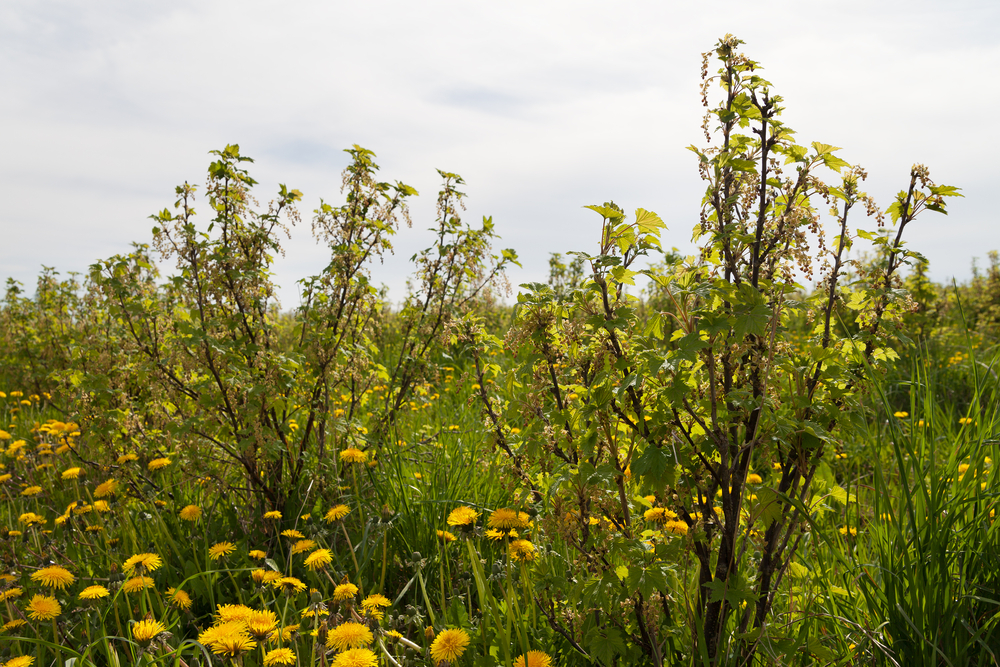Tips To Keep Your Bushes Looking Their Best All Year
We can all agree that bushes are an essential part of any lawn. They make a great attraction and addition to places like walkways and fountains. You can also use them as the background of your lawn’s garden beds.
But for these small to medium-sized woody plants to keep looking their best all year, you need to take great care of them. The goal here is to ensure they add structure, texture and beauty to your landscape.
If you already have bushes or plan to plant them in your loan, there’s something here for you. We’ll cover the maintenance tips needed to keep the woody plants strong and healthy.

- Plant the Bushes at the Right Time
The lawn plants you choose to plant must be adaptable to your area’s climatic conditions and soil. Check the package for instructions and labels on the right growing conditions.
Fall is the best time to introduce new plants to your lawn. This allows the plant to get more time to adjust and grow before winter arrives. Also, during fall, the plant’s root system can easily establish before spring.
- Set a Watering Schedule
Your lawn plants will definitely need water to thrive and survive. You should therefore schedule watering at least once a week and do it thoroughly.
If watering the plants with a sprinkler, set the timer at least 10 minutes. Stop watering when the soil absorbs the water completely or when the lawn is soaked in water.
Water your new plants at planting time and intervals of 1 to 2 weeks daily after planting. You should also water them every 2 to 3 days once 3 to 12 weeks pass after planting. The plants will have more established roots after 12 weeks.
- Stick to Proper Feeding Habits
Instead of feeding your newly-planted bushes with fertilizers, mulch the soil with adequate compost. Mulching helps enrich the soil with essential micronutrients.
Later on, you can add fertilizers based on the nutrition requirements of the plants. For fragile plants, a layer of compost can help amplify the soil nutrients.
The most commonly used nutrients for the plants are potassium, phosphorus and nitrogen. Other essential nutrients include fairly large quantities of sulfur, magnesium and calcium.
- Prune at the Right Times
Pruning can only help maintain the shape and size of the plants if done regularly. You also need to employ different pruning tools for the task.
The best time for pruning the plants has to be spring. However, you have to figure out when the plant blooms. If its blooming season is spring, prune it when flowering stops.
And if it blooms in summer, consider trimming it in early spring or late winter before new growth forms. Either way, light summer pruning will work with a deciduous plant, while heavier pruning (in late winter) will be ideal for a dormant plant.
- Tie or Stalk the branches
Stalking the new bushes will work if they appear weak and it becomes difficult to straighten them. Give the plants some support until they develop a strong trunk. While doing this, ensure that the stalk has the same height as the plant.
You can also tie the stalk to the branches using heavy wrapped wire. But the cable needs to be shielded with a hose to protect the plant’s bark from grinding.
- Test the Soil
Soil testing will help you find out if the land has any deficiencies. If the test results suggest that there are deficiencies, address them using appropriate fertilizer. For instance, slow-release fertilizers will help you overcome nitrogen deficiency.
You can have your soil tested expertly if you send a sample to a soil lab in your area. Locally purchased soil test kits can also help you do this task.
- Watch out for Pests
Pests are undeniably a cause of concern in the maintenance of lawn plants. A lawn care professional can advise you on a suitable method to counter pest infestation on your lawn.
Examples of the most damaging lawn pests include Japanese beetles, masked chafers and white grubs. Others include caterpillars, mites and aphids.
- Mulching the Soil to Retain Moisture
Mulching is a great way to retain the warmth and moisture of the soil. The mulch can help your bushes take water from the soil during winter. It can be in the form of tree bark and wood chips if you lean more on the organic side and plastic paper for the inorganic options.
You can apply the mulches to the soil surface around your plants. This helps reduce soil erosion and control weeds. It also helps maximize the growth of your new bushes while cutting fertilizer costs.
The Takeaway
Implementing proper bush maintenance and gardening is the best way to keep your bushes and lawn looking healthy all year round. Good luck trying out these practices on your lawn.
And if you need professional lawn and landscaping help, we are always here to help you. Reach out today for a free estimate.
Tagged: bushes, Landscape Maintenance
Both comments and pings are currently closed.





